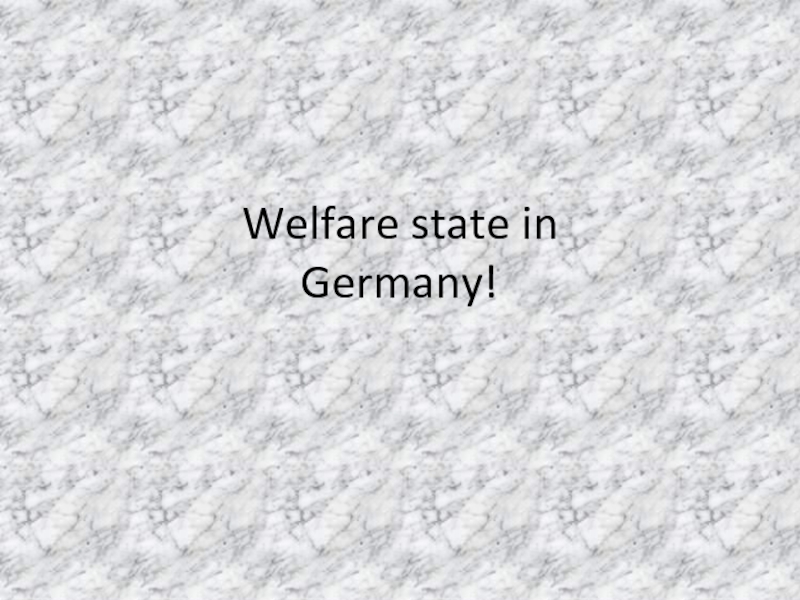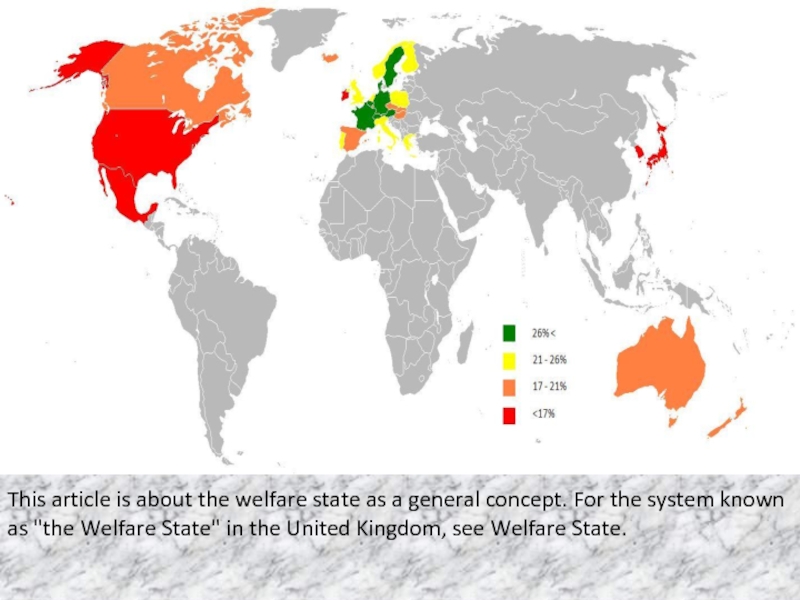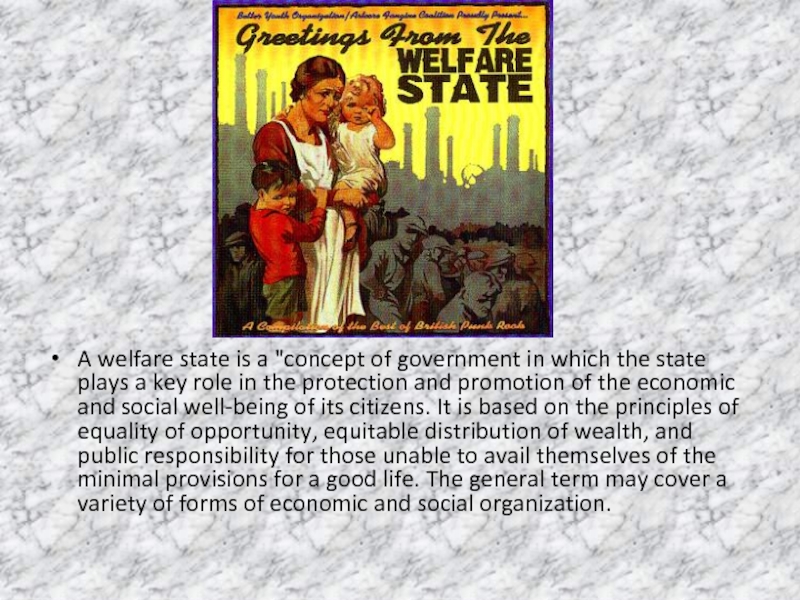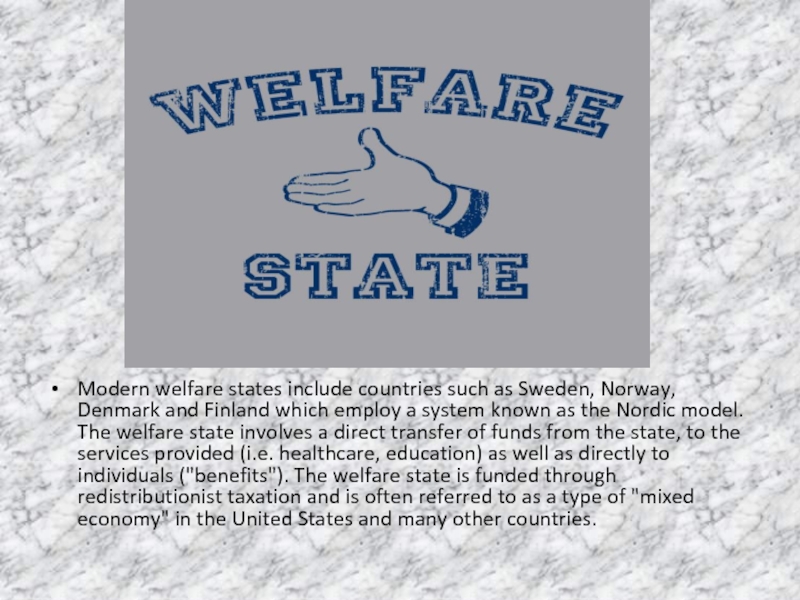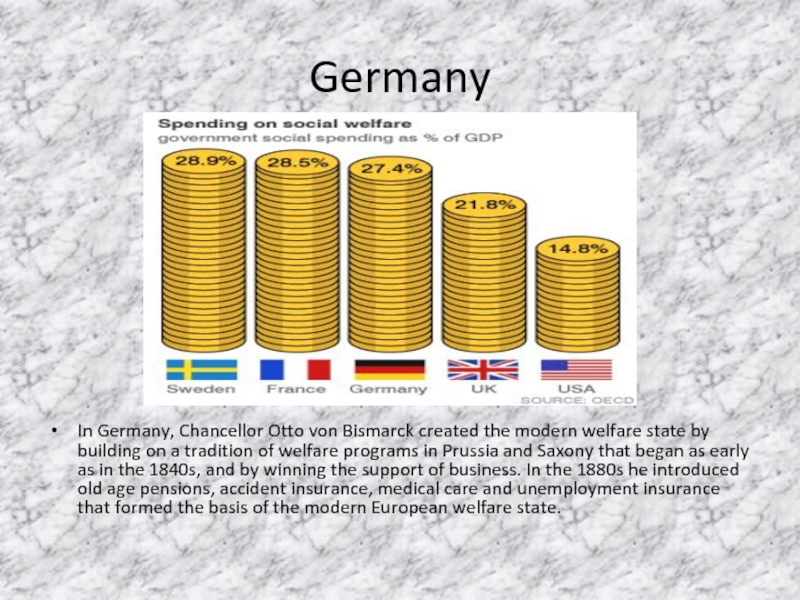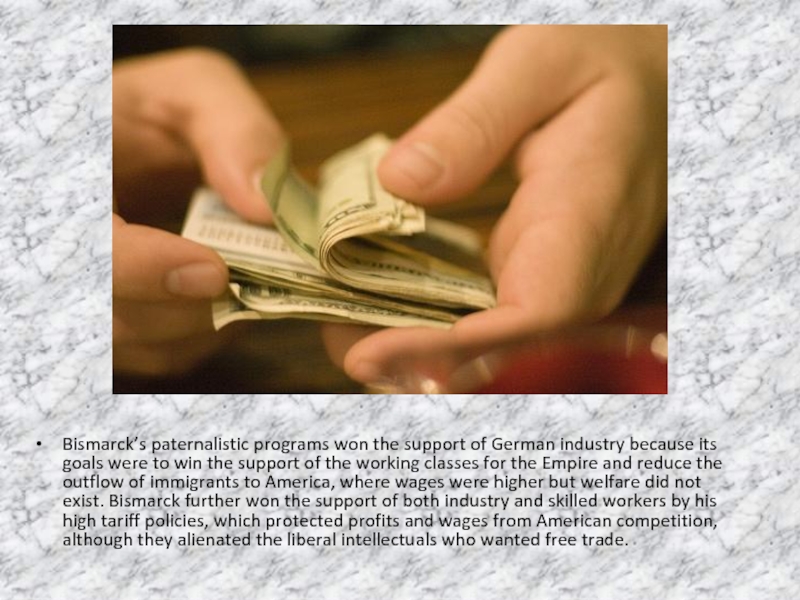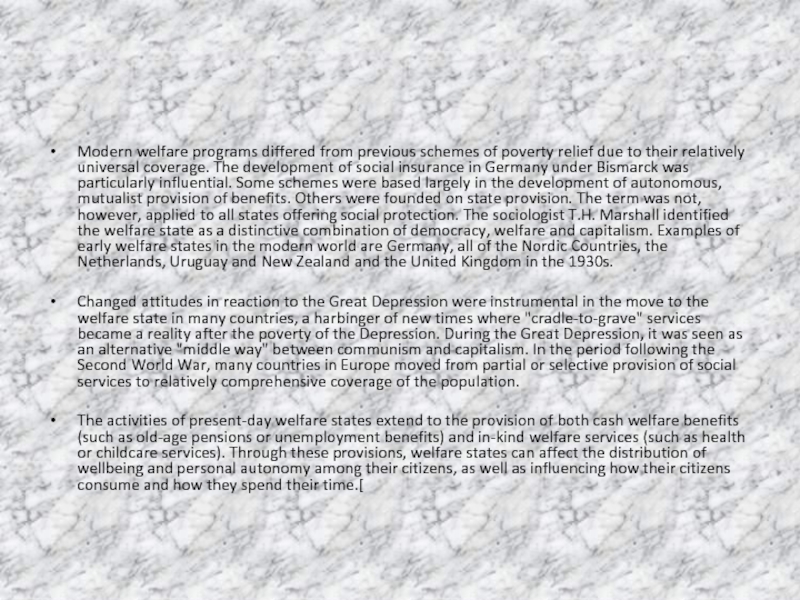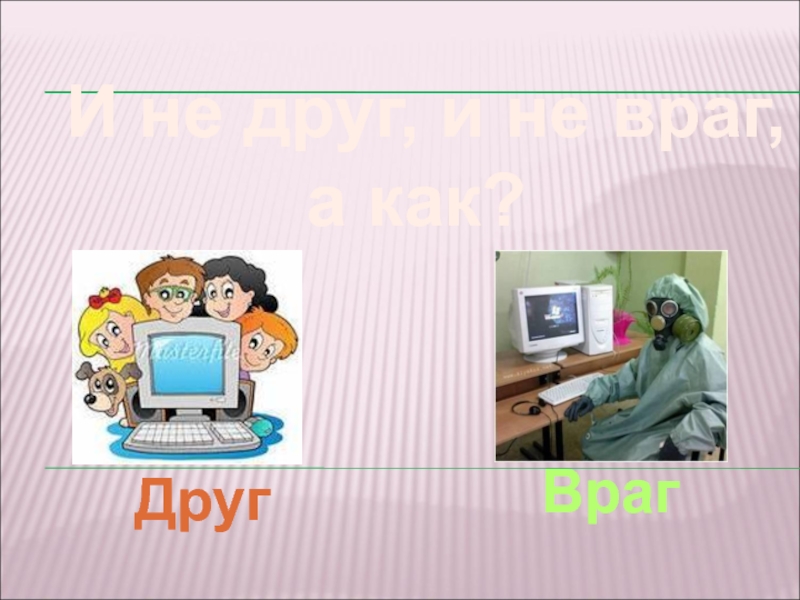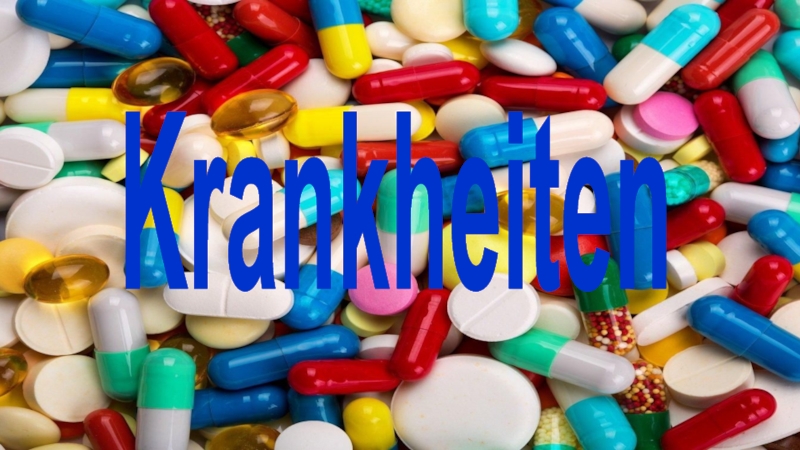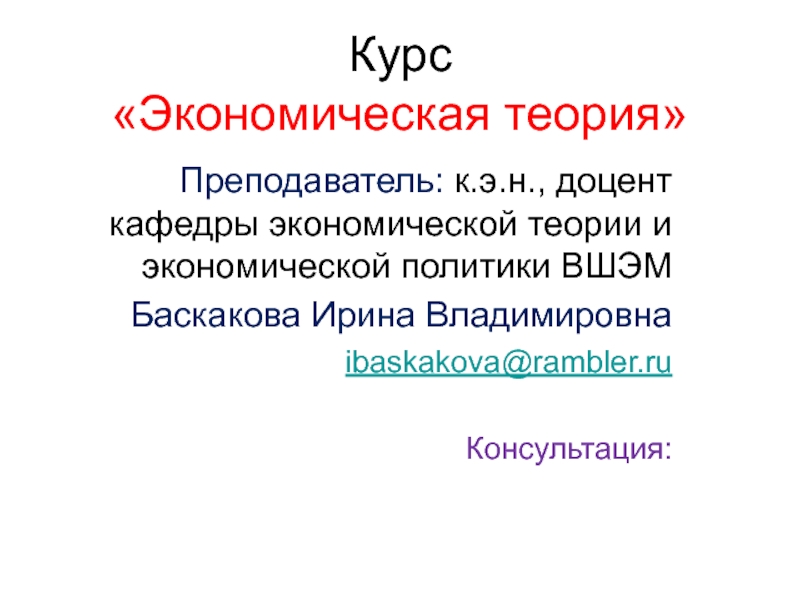Разделы презентаций
- Разное
- Английский язык
- Астрономия
- Алгебра
- Биология
- География
- Геометрия
- Детские презентации
- Информатика
- История
- Литература
- Математика
- Медицина
- Менеджмент
- Музыка
- МХК
- Немецкий язык
- ОБЖ
- Обществознание
- Окружающий мир
- Педагогика
- Русский язык
- Технология
- Физика
- Философия
- Химия
- Шаблоны, картинки для презентаций
- Экология
- Экономика
- Юриспруденция
Welfare state in Germany!
Содержание
- 1. Welfare state in Germany!
- 2. This article is about the welfare state
- 3. A welfare state is a "concept of
- 4. Modern welfare states include countries such as
- 5. GermanyIn Germany, Chancellor Otto von Bismarck created
- 6. Bismarck’s paternalistic programs won the support of
- 7. Modern welfare programs differed from previous schemes
- 8. Скачать презентанцию
This article is about the welfare state as a general concept. For the system known as "the Welfare State" in the United Kingdom, see Welfare State.
Слайды и текст этой презентации
Слайд 3A welfare state is a "concept of government in which
the state plays a key role in the protection and
promotion of the economic and social well-being of its citizens. It is based on the principles of equality of opportunity, equitable distribution of wealth, and public responsibility for those unable to avail themselves of the minimal provisions for a good life. The general term may cover a variety of forms of economic and social organization.Слайд 4Modern welfare states include countries such as Sweden, Norway, Denmark
and Finland which employ a system known as the Nordic
model. The welfare state involves a direct transfer of funds from the state, to the services provided (i.e. healthcare, education) as well as directly to individuals ("benefits"). The welfare state is funded through redistributionist taxation and is often referred to as a type of "mixed economy" in the United States and many other countries.Слайд 5Germany
In Germany, Chancellor Otto von Bismarck created the modern welfare
state by building on a tradition of welfare programs in
Prussia and Saxony that began as early as in the 1840s, and by winning the support of business. In the 1880s he introduced old age pensions, accident insurance, medical care and unemployment insurance that formed the basis of the modern European welfare state.Слайд 6Bismarck’s paternalistic programs won the support of German industry because
its goals were to win the support of the working
classes for the Empire and reduce the outflow of immigrants to America, where wages were higher but welfare did not exist. Bismarck further won the support of both industry and skilled workers by his high tariff policies, which protected profits and wages from American competition, although they alienated the liberal intellectuals who wanted free trade.Слайд 7Modern welfare programs differed from previous schemes of poverty relief
due to their relatively universal coverage. The development of social
insurance in Germany under Bismarck was particularly influential. Some schemes were based largely in the development of autonomous, mutualist provision of benefits. Others were founded on state provision. The term was not, however, applied to all states offering social protection. The sociologist T.H. Marshall identified the welfare state as a distinctive combination of democracy, welfare and capitalism. Examples of early welfare states in the modern world are Germany, all of the Nordic Countries, the Netherlands, Uruguay and New Zealand and the United Kingdom in the 1930s.Changed attitudes in reaction to the Great Depression were instrumental in the move to the welfare state in many countries, a harbinger of new times where "cradle-to-grave" services became a reality after the poverty of the Depression. During the Great Depression, it was seen as an alternative "middle way" between communism and capitalism. In the period following the Second World War, many countries in Europe moved from partial or selective provision of social services to relatively comprehensive coverage of the population.
The activities of present-day welfare states extend to the provision of both cash welfare benefits (such as old-age pensions or unemployment benefits) and in-kind welfare services (such as health or childcare services). Through these provisions, welfare states can affect the distribution of wellbeing and personal autonomy among their citizens, as well as influencing how their citizens consume and how they spend their time.[
